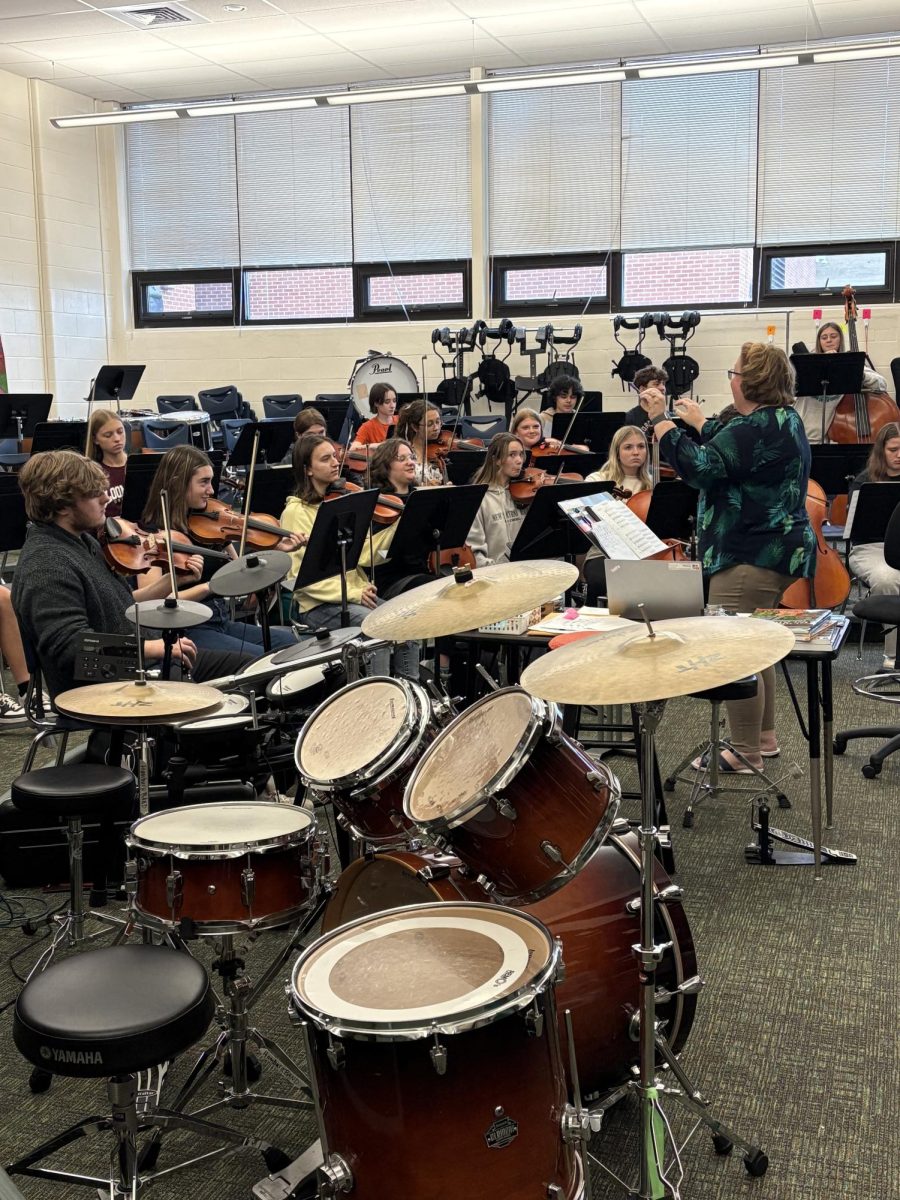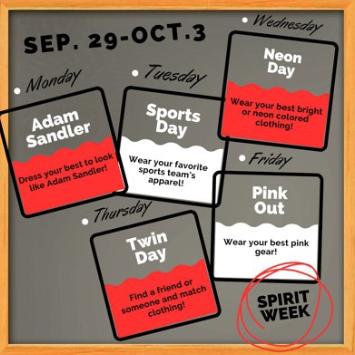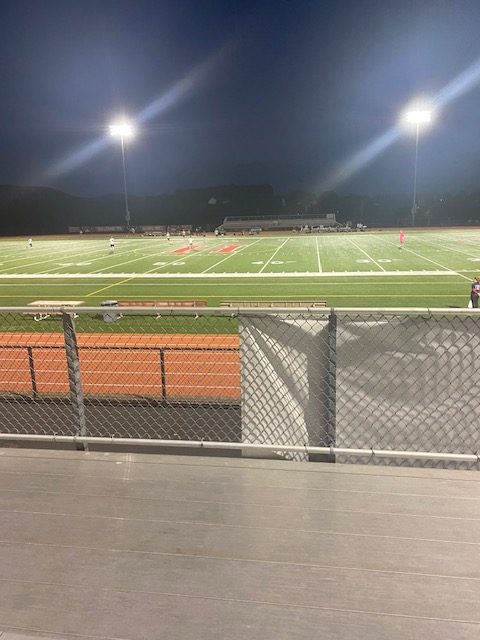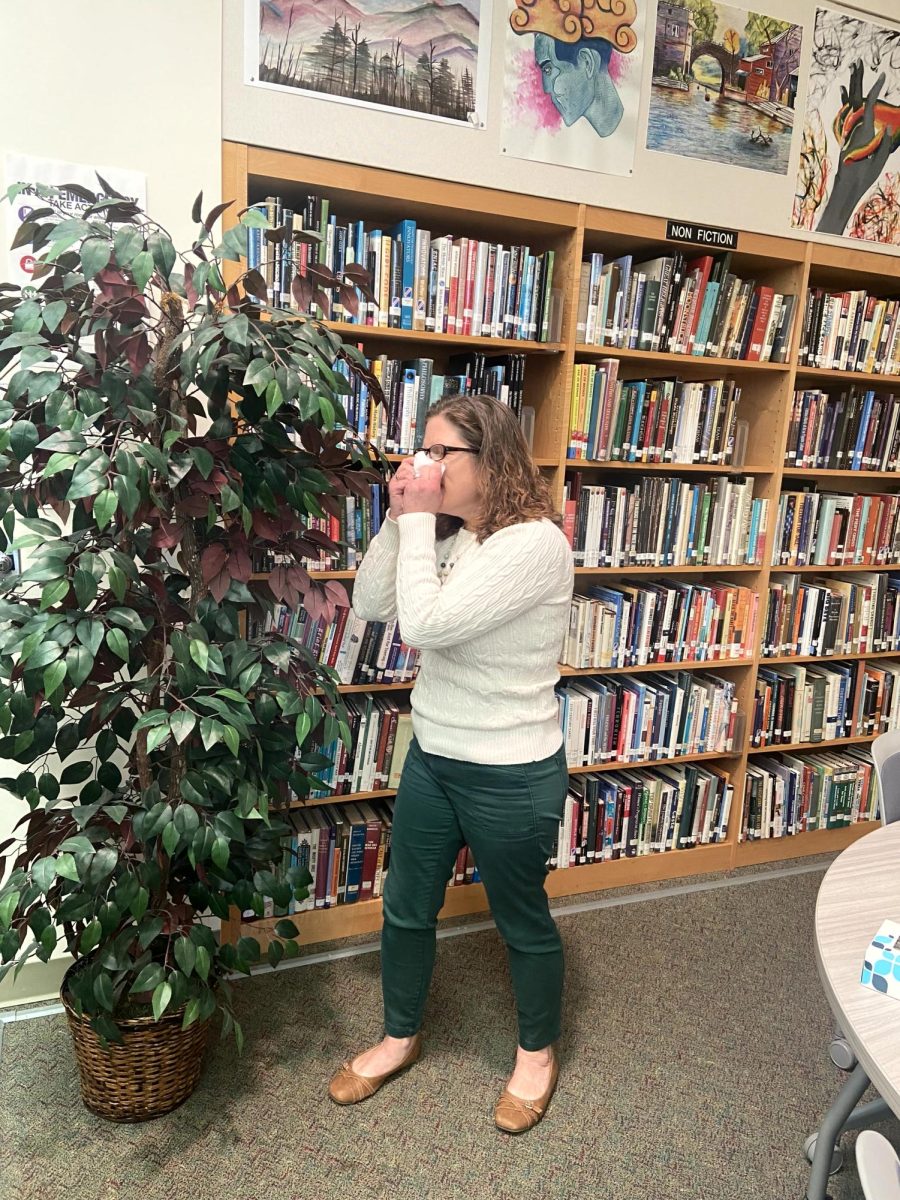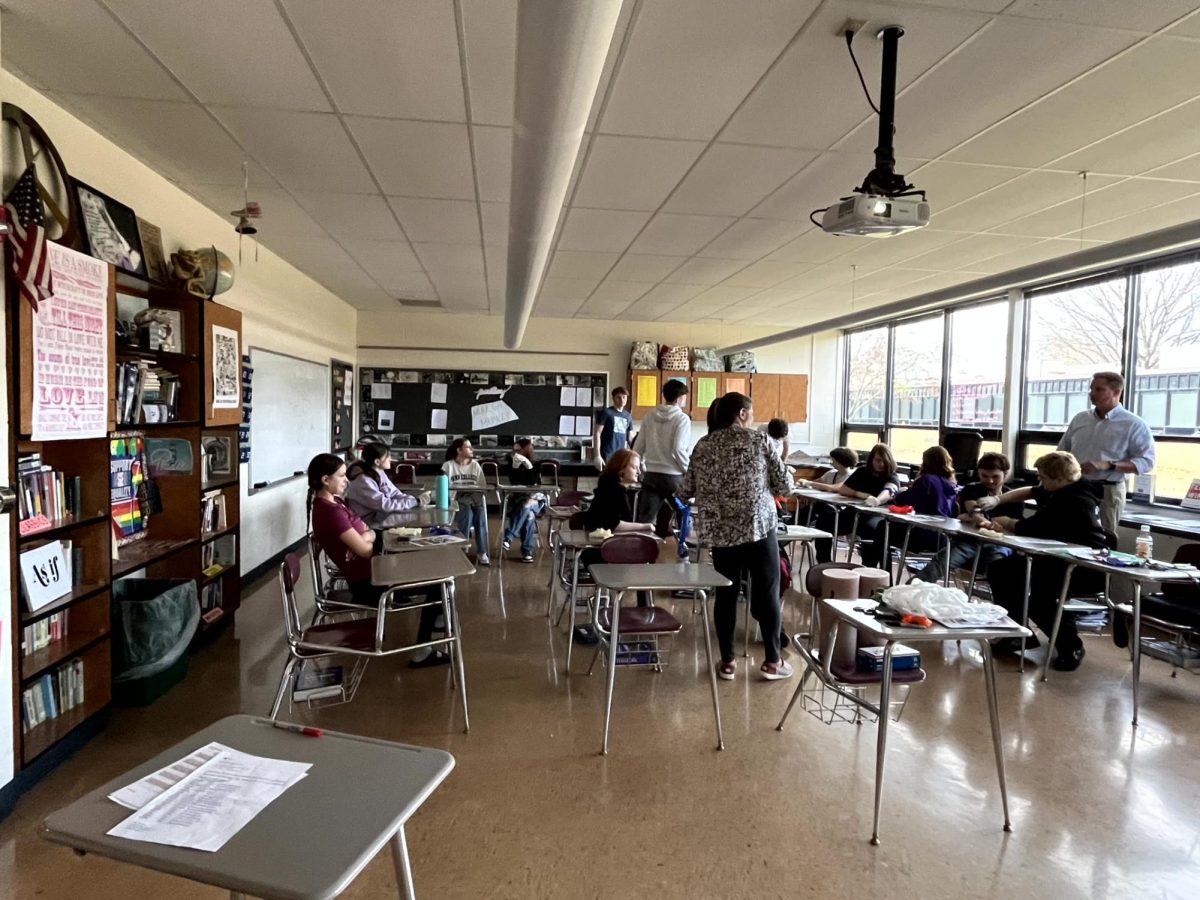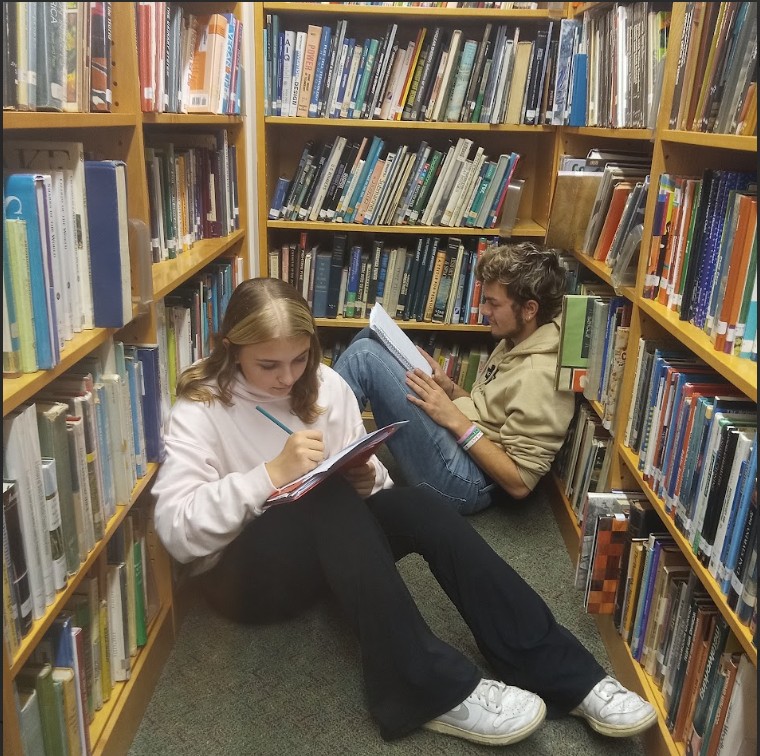Allergy season is when people start to get affected by the environment due to their immune system having an overreaction to a certain irritant in the environment. These irritants are: pollen (trees and grass), ragweed, and mold. These different irritants fluctuate at different rates during different months. The symptoms that people can experience during allergy season are: itchiness, watery eyes, a sore throat, and a stuffy or runny nose and they can be caused by a person not being used to an environment, genetics, and a change in a person’s immune system.
In Pennsylvania, the month that starts off allergy season is February, which introduces tree pollen into the air, and lasts until early May. These months are the worst for those who suffer with allergies because it has the highest concentration of pollen, which affects about 26% of adults and 19% of children. In the middle of May, grass pollen season starts. It then lasts until the middle of August. Like tree pollen season, grass pollen season is terrible for people who suffer with allergies; which affects 10% to 30% of both children and adults in the United States. During fall, ragweed pollen season starts. Ragweed is a plant that grows around both tropical and subtropical regions of both South and North America, mostly being prevalent in North America. Ragweed pollen allergies usually start in August and last until November, with higher concentrations happening in either at the start or middle of September.
Mold and fungi are both irritants that can last all year long, if given the proper conditions. The proper conditions for both fungi and mold to grow and last in are: wet surfaces, a humid environment, and a food source. These allergies are referred to as “perennial allergies,” which is a term to describe allergies that can last all year long. Two more allergies that are known as “perennial allergies” are: dust mites and pet hair. They most typically affect people who are inside of their houses more during winter.
Michael Long is one person in HAHS who is allergic to: trees, nuts, pollen, and dust. The symptoms that he experiences towards his allergies are: a runny, red nose, coughing, a swollen face, chapped lips, and itchy eyes. The only other person in Michael’s family that has allergies is his dad, who is allergic to some types of medicine. Even though Michael does experience some difficulties when dealing with allergies, he is relatively fine.
Mia “Mika” Owens is another person in HAHS who has minor pollen allergies. The only two symptoms that they experience are: a stuffy nose and a sore throat. The only other person in Mika’s family that has allergies is her mom, who might be allergic to pollen allergies. For Mika, their allergies make their life mildly annoying, unless they are sleeping. Then it is hard for them to breathe.
Carlee “Charlie” Cortes, who goes to Fleetwood Area High School, is allergic to: pollen and dust. The symptoms that Charlie experiences are: coughing in her sleep, wheezing, and getting a puffy and red face. The two other people that have allergies in her family are: her little brother and little sister. However, it is hard to tell if Charlie’s little sister has allergies due to the fact that she gets sick most of the time. Charlie’s allergies affect her life by her nose getting chapped due to her trying to blow it. Her breathing is getting better because she is taking her asthma medication regularly.
To learn more information about allergies, go to: wyndly.com, acaai.org, and yalemedicince.org.




